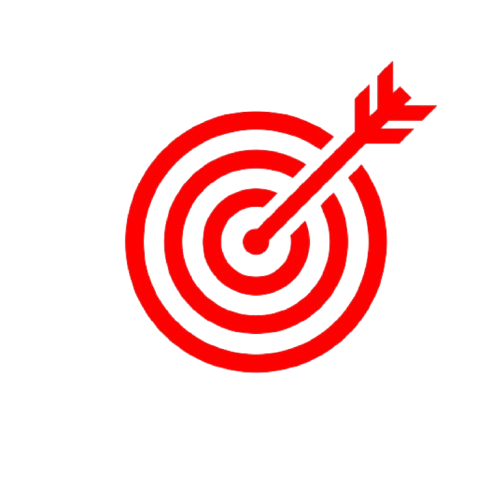If you’re new to archery, one of the first essential skills you need to learn is how to string a recurve bow properly. It might seem like a minor detail, but doing it incorrectly can lead to injuries, poor performance, and permanent damage to your bow. This guide will walk you through everything you need to know—from tools and technique to safety tips—so you can string your bow with confidence and ease.
How to String a Recurve Bow ? Why Learning How to String a Recurve Bow Matters
Understanding how to string a recurve bow is not just about convenience—it’s a critical part of your setup that affects every aspect of your shooting experience.
1. Safety
Improper stringing is one of the top causes of bow damage and user injury. The limbs are under intense tension, and if the string isn’t attached securely, it could snap off during use.
2. Performance
When you learn how to string a recurve bow correctly, you maintain even tension across both limbs, ensuring better shooting accuracy and control.
3. Bow Longevity
Incorrect stringing, especially using risky methods like “step-through,” can warp the limbs over time. Knowing how do i string a recurve bow the right way helps keep your bow in top condition for years.
What You’ll Need
Before diving into the steps, gather the following items:
- A recurve bow (either one-piece or takedown)
- A correctly sized bowstring
- A bow stringer
Tip: Even if you’ve seen others string their bow by hand, using a bow stringer is always the safest and most effective method when learning how to string a recurve bow.
How to String a Recurve Bow (Step-by-Step Instructions)
Step 1: Inspect Your Equipment
Start by checking your bow and string:
- If you’re using a takedown bow, ensure the limbs are firmly attached.
- Inspect the bowstring for wear and tear.
- Identify the top and bottom loops of the string. The larger loop is for the top limb.
Step 2: Attach the Bottom Loop
Take the smaller loop of your bowstring and secure it into the bottom limb’s string groove. Allow the larger loop to hang loosely over the top limb.
Learning how to string a recurve bow begins with this fundamental placement.
Step 3: Use the Bow Stringer
This is the most important part of the process:
- Attach the stringer’s pockets or saddles to the limb tips.
- Place the bow stringer cord on the ground.
- Step onto the cord with both feet, evenly spaced.
- Pull upward on the bow handle to flex the limbs.
- Slide the larger loop into the top limb’s string groove while keeping tension.
By mastering this method, you’ve taken a major step in understanding how to string a recurve bow correctly and safely.
Step 4: Check String Placement
Carefully release the tension from the bow stringer while ensuring the string stays in both limb grooves.
Double-check that:
- The string is centered and tight.
- There’s no twisting in the limbs.
- The bow feels balanced and responsive.
This final check is a vital part of the process of how to string a recurve bow properly.
Why You Should Avoid the Step-Through Method
If you search how to string a recurve bow online, you may come across the outdated “step-through method.” This involves stepping through the bow and bending it with your leg to attach the string. While it may look simple, it puts uneven pressure on the limbs and significantly increases the chance of injury or long-term damage.
The bow stringer method is universally recommended by professional archers and equipment manufacturers for a reason: it’s safer, easier, and more consistent.
When to Unstring Your Bow
A key part of knowing how to string a recurve bow is also knowing when to unstring it.
You should unstring your bow:
- After practice if you won’t be using it for a few days.
- Before traveling or storing it.
- During hot or humid weather, to reduce limb stress.
Leaving a bow strung for too long—especially wooden-limbed bows—can weaken the limbs and reduce their lifespan.
Frequently Asked Questions
Can I learn how to string a recurve bow without a stringer?
Technically yes, but it’s not recommended. A stringer keeps the limb pressure even and reduces the risk of twisting or injury.
How often should I replace my string?
Most archers replace their strings every 12 to 24 months depending on usage and condition.
Is it necessary to unstring the bow every day?
If you shoot daily, it’s not necessary. But if there are gaps of a few days, unstringing is advisable.
What if I feel resistance while stringing?
Stop immediately. One common mistake when learning how to string a recurve bow is forcing the limbs, which could damage them. Always check your string and setup first.
Final Thoughts
Knowing how to string a recurve bow correctly is one of the most fundamental skills for any archer. It’s not just about technique—it’s about ensuring your safety, preserving your equipment, and improving your accuracy with every shot. By using the correct method and avoiding risky techniques like the step-through method, you’ll set yourself up for long-term success in archery.
So if you’re wondering how to string a recurve bow without damaging it or hurting yourself, just follow the steps above. Invest in a quality bow stringer, take your time, and make it part of your regular archery routine.
Once you’ve mastered how to string a recurve bow, you’ll be one step closer to becoming a confident and capable archer—whether you’re at the range or out in the field.

Leave a Reply